Artificial Intelligence Trends for Business Executives: 2024 Insights and 2025 Outlook
Artificial Intelligence (AI) automation has solidified its role as a strategic imperative for business executives. In 2024, AI reshaped industries by streamlining operations, optimizing decision-making, and unlocking new revenue streams. As we enter the third month of 2025, understanding the lessons from 2024 and anticipating upcoming trends is crucial for maintaining a competitive edge. This article delves into the AI trends of 2024, explores emerging developments in 2025, and provides strategic guidance for mid-to-large-sized enterprises on effective AI adoption.
Key Questions Addressed:
What is AI automation, and how does it differ from traditional automation?
Which industries benefited the most from AI automation in 2024?
What are the cost and ROI implications of AI adoption?
How can businesses implement AI successfully?
What are the key success metrics for AI-driven initiatives?
Industry Overview: AI's Impact in 2024
In 2024, AI adoption accelerated across various industries, driven by advancements in machine learning, natural language processing, and generative AI. Notable applications included:
Manufacturing: Predictive maintenance, defect detection, and robotic automation enhanced production efficiency.
Healthcare: AI-assisted diagnostics, personalized treatment plans, and drug discovery improved patient outcomes.
Retail: AI-driven personalization, demand forecasting, and supply chain optimization boosted customer satisfaction and operational efficiency.
Finance: Algorithmic trading, fraud detection, and automated underwriting enhanced financial operations.
Logistics: Route optimization, warehouse automation, and autonomous vehicles streamlined supply chains.
Legal and Compliance: AI contract analysis and regulatory risk assessment improved compliance and efficiency.
Technology Deep Dive: Key AI Advancements in 2024
1. Generative AI and Large Language Models (LLMs)
AI-powered chatbots and virtual assistants handled customer support, reducing response times and operational costs.
Automated content creation and document summarization streamlined content management processes.
Advanced coding assistants reduced software development time and minimized errors.
2. AI in Decision Intelligence
AI-driven data analytics improved business forecasting, enabling proactive decision-making.
AI-enhanced risk management bolstered financial and operational stability.
3. Autonomous Systems and Robotics
AI-powered robotic process automation (RPA) reduced manual workflows, increasing efficiency.
AI in supply chain automation optimized logistics and inventory control, reducing costs.
4. Edge AI and On-Device Machine Learning
AI-enabled IoT devices reduced cloud dependency, enhancing data privacy and processing speed.
Real-time processing enabled faster decision-making in manufacturing and healthcare.
Cost-Benefit Analysis of AI Implementation
Implementing AI requires significant investment, but the returns can be substantial. Below is a breakdown of costs and expected benefits across different AI solutions:

Emerging AI Trends for 2025
As we move into 2025, several AI trends are poised to reshape the business landscape:
1. AI Agents: AI agents, designed to autonomously perform tasks and make decisions, are becoming integral in various business functions. Companies like ServiceNow and Salesforce have developed AI agents to handle customer interactions, IT support, and marketing tasks, significantly improving efficiency and customer satisfaction.
2. Open-Source AI Models: The shift towards open-source AI models is democratizing access to advanced AI capabilities. Businesses can now customize and deploy AI solutions without substantial licensing costs, fostering innovation and reducing time-to-market.
3. Multi-Modal AI: Multi-modal AI, which processes and integrates data from various sources such as text, images, and audio, is enhancing the versatility of AI applications. This capability allows for more comprehensive data analysis and more nuanced decision-making.
4. AI in Cybersecurity: With the increasing sophistication of cyber threats, AI is playing a crucial role in cybersecurity. AI-driven systems can detect anomalies, predict potential security breaches, and respond to threats in real-time, safeguarding organizational assets.
5. AI Ethics and Regulation: As AI becomes more pervasive, ethical considerations and regulatory frameworks are gaining prominence. Businesses are expected to adopt responsible AI practices, ensuring transparency, fairness, and accountability in AI deployments.
Actionable Recommendations for Executives
To maximize AI's value, businesses should adopt a structured approach:
1. Assess Business Needs and AI Readiness By Defining Clear Objectives
Identify areas where AI automation can deliver high-impact results.
Conduct an AI readiness audit to assess infrastructure and workforce capabilities.
2. Develop a Pilot Project
Start with a small-scale AI initiative to test feasibility.
Measure key performance indicators (KPIs) such as cost savings, efficiency gains, and customer satisfaction.
3. Scale AI Implementation
Expand AI adoption based on pilot results.
Ensure alignment with business objectives and compliance requirements.
4. Monitor and Optimize Performance
Continuously track AI model accuracy and business impact.
Update AI systems to adapt to changing business needs and regulatory changes.
5. Invest in Infrastructure and Talent
Develop a robust data infrastructure and ensure your workforce is equipped to effectively integrate AI into business processes.
6. Ethical considerations
As AI becomes integrated into business practices, ensure ethical considerations guide AI development and use, such as bias reduction and compliance with regulations.
7. Partnerships
Collaborate with AI technology vendors and experts. Strategic partnerships can provide access to innovative technologies and enhance implementation success.
Key Success Metrics for AI Implementation
Measuring AI effectiveness requires clear KPIs:
Cost Reduction: Percentage decrease in operational expenses.
Efficiency Gains: Reduction in processing time for tasks.
Revenue Growth: Increase in revenue from AI-driven improvements.
Customer Satisfaction: Improvement in Net Promoter Score (NPS).
Error Reduction: Decrease in errors from AI-assisted processes.
Compliance and Risk Management: Reduction in compliance breaches and mitigation of risks through AI monitoring.
Conclusion
Reflecting on the advancements of 2024, it is evident that AI has become integral to business innovation and efficiency. As we progress into 2025, executives should approach AI adoption with a strategic focus on measurable outcomes and revenue generation. The emphasis should shift from experimental deployments to scalable solutions that drive tangible business value. By aligning AI initiatives with organizational goals, investing in the necessary infrastructure and prioritizing high impact use cases, business executives can achieve sustainable growth and innovation.


